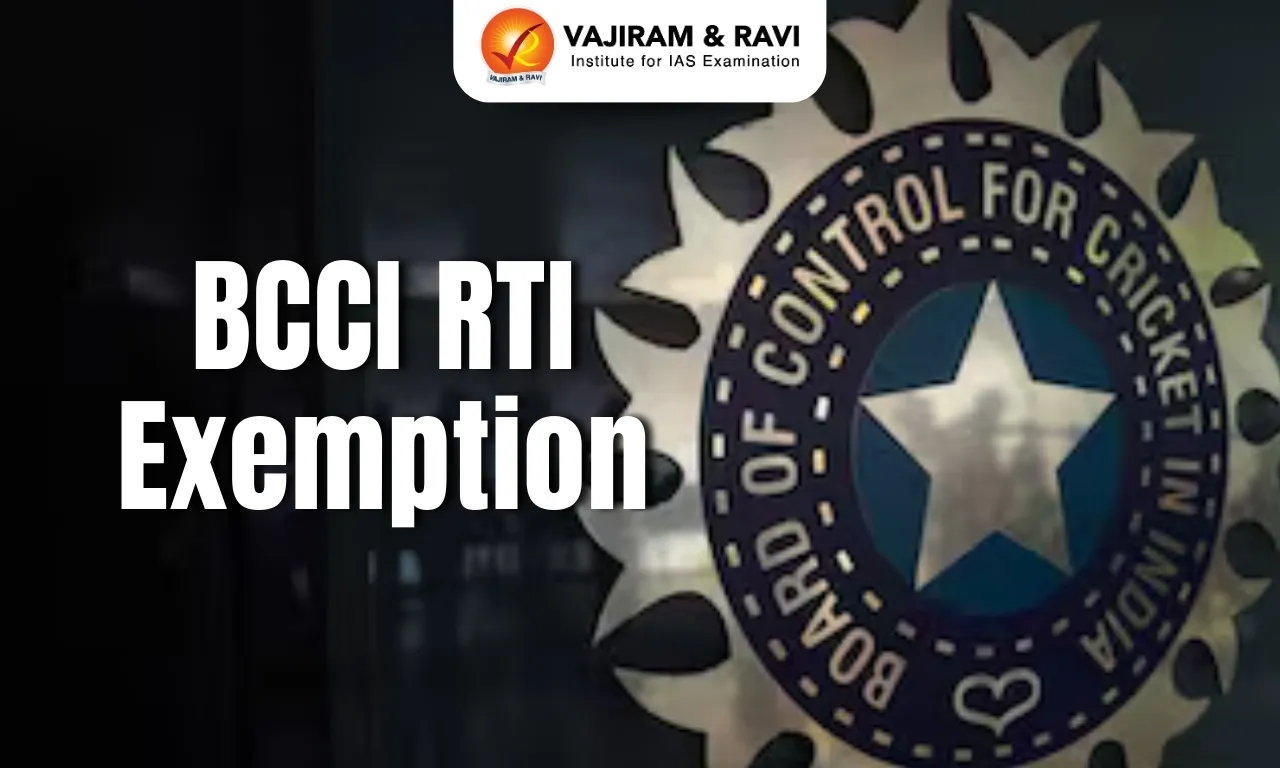What’s in Today’s Article?
- Why in News?
- What is Cash Reserve Ratio (CRR)?
- What is I-CRR?
- Why was I-CRR Needed?
- Why is I-CRR Discontinued?
- How the Amount Impounded under the I-CRR would be Released?
Why in News?
- The Reserve Bank of India (RBI) announced that it would discontinue the incremental cash reserve ratio (I-CRR) in a phased manner.
- The central bank will release the amount which banks have maintained under I-CRR in stages.
What is Cash Reserve Ratio (CRR)?
- CRR is a percentage of total deposits (currently, stands at 4.5%) that the banks have to maintain as liquid cash with the RBI.
- CRR is implemented to ensure that the banks never run out of cash to cater to the payment demands of depositors.
- In simple words, it works as a safety net for depositors as the banks cannot use this amount for lending or for any investment purposes.
What is I-CRR?
- The I-CRR is an additional cash balance which the RBI can ask banks to maintain over and above the CRR – for a specific period.
- In August 2023, after announcing the monetary policy, the RBI Governor said that banks will have to maintain an I-CRR of 10% on the increase in their net demand and time liabilities (NDTL) between May 19, 2023, and July 28, 2023.
- NDTL refers to the total demand and time liabilities (deposits) of the public that are held by the banks with other banks.
- The RBI said it will review I-CRR on or before September 8, 2023, with a view to returning the impounded funds to the banking system ahead of the festival season.
Why was I-CRR Needed?
- Excessive liquidity can pose risks to price stability and also to financial stability.
- Hence, efficient liquidity management requires continuous assessment of the level of surplus liquidity so that additional measures are taken as and when necessary to impound the element of excess liquidity.
- The RBI announced I-CRR as a temporary measure to absorb excess liquidity from the banking system.
- The level of surplus liquidity in the system surged because of the return of Rs 2,000 banknotes to the banking system, RBI’s surplus transfer to the government, pick up in government spending and capital inflows.
- According to the RBI Governor, the I-CRR measure will absorb above Rs 1 lakh crore of excess liquidity from the banking system.
Why is I-CRR Discontinued?
- The banking system’s liquidity turned deficit for the first time in the current fiscal on August 21 after the RBI’s I-CRR mandate.
- The liquidity, as reflected by the amount of money injected by the RBI into the system, stood at Rs 23,644.43 crore on August 21.
- However, the banking system liquidity again turned to surplus from August 24 and the RBI absorbed Rs 76,047 crore of surplus liquidity from the system on September 8.
- The tight liquidity condition was also contributed by outflows on account of goods and services tax (GST) and the selling of dollars by the central bank to stem the rupee’s fall.
- The I-CRR was a temporary measure, and after a review, the RBI has decided to discontinue the I-CRR in a phased manner.
How the Amount Impounded under the I-CRR would be Released?
- Based on an assessment of current and evolving liquidity conditions, it has been decided that the amounts impounded under the I-CRR would be released in
- This is to ensure that system liquidity is not subjected to sudden shocks and money markets function in an orderly manner.
- As per the schedule, the RBI will release the 25% of funds maintained by lenders under the I-CRR on September 9.
- Another 25% of the amount maintained under I-CRR will be released on September 23 and the balance 50% on October 7.
- This will mean that banks will have sufficient funds to meet higher credit demand during the upcoming festival season.
Q1) What is RBI’s Monetary Policy?
The RBI implements the monetary policy through open market operations, bank rate policy, reserve system, credit control policy, moral persuasion and through many other instruments. Using any of these instruments will lead to changes in the interest rate, or the money supply in the economy.
Q2) What is the relationship between money supply and inflation?
The rate of inflation in the economy is determined by the supply of money. Inflation rises when the money supply in the economy rises, and vice versa.
Source: RBI to discontinue I-CRR: What does it mean and what would be its impact? | IE
Last updated on August, 2025
→ UPSC Mains Admit Card 2025 will be released soon at www.upsc.gov.in.
→ UPSC Mains 2025 will be conducted on 22nd August 2025.
→ UPSC Notification 2025 was released on 22nd January 2025.
→ UPSC Calendar 2026 is released on 15th May, 2025.
→ UPSC Prelims Question Paper 2025 and Unofficial Prelims Answer Key 2025 are available now.
→ UPSC Prelims Result 2025 is out now for the CSE held on 25 May 2025.
→ The UPSC Vacancy 2025 were released 1129, out of which 979 were for UPSC CSE and remaining 150 are for UPSC IFoS.
→ UPSC Prelims 2026 will be conducted on 24th May, 2026 & UPSC Mains 2026 will be conducted on 21st August 2026.
→ The UPSC Selection Process is of 3 stages-Prelims, Mains and Interview.
→ UPSC Result 2024 is released with latest UPSC Marksheet 2024. Check Now!
→ UPSC Toppers List 2024 is released now. Shakti Dubey is UPSC AIR 1 2024 Topper.
→ Also check Best IAS Coaching in Delhi















